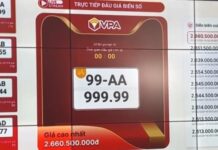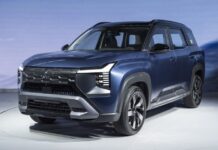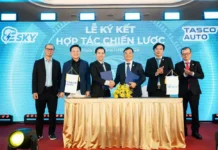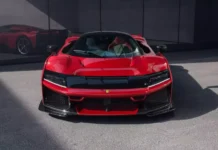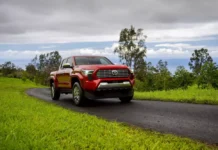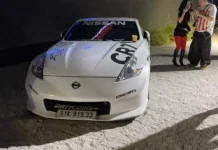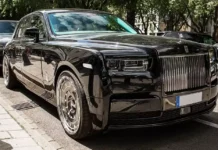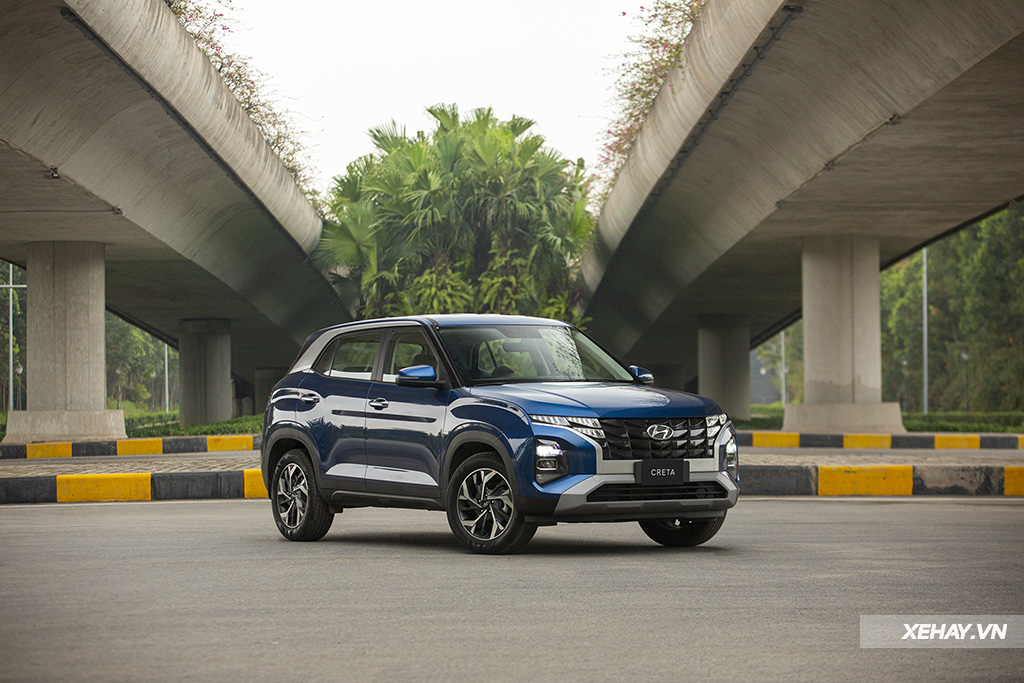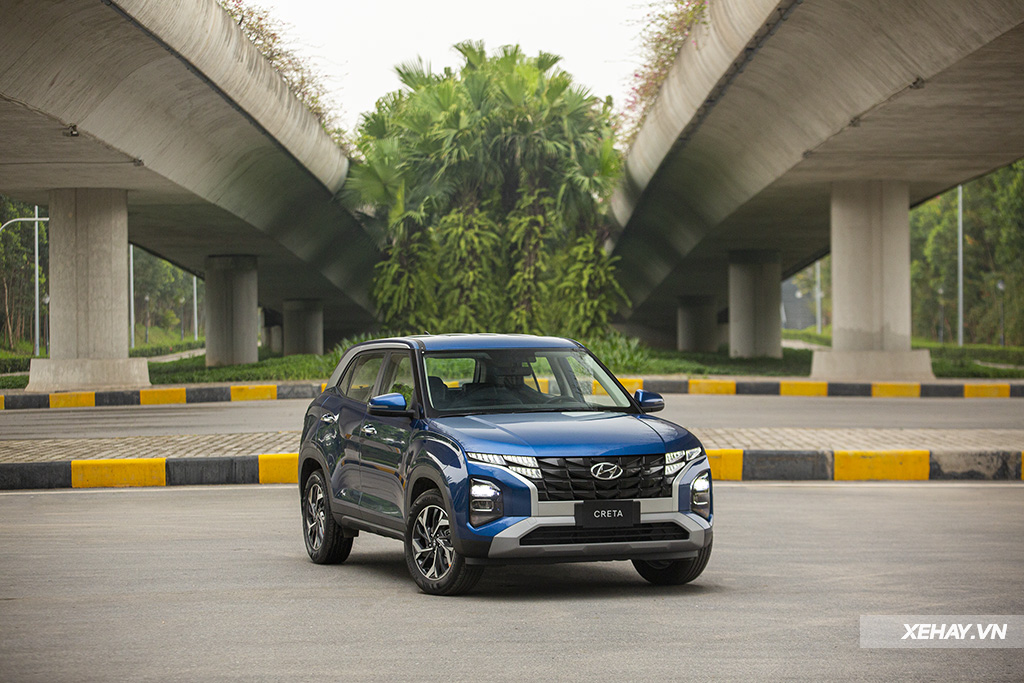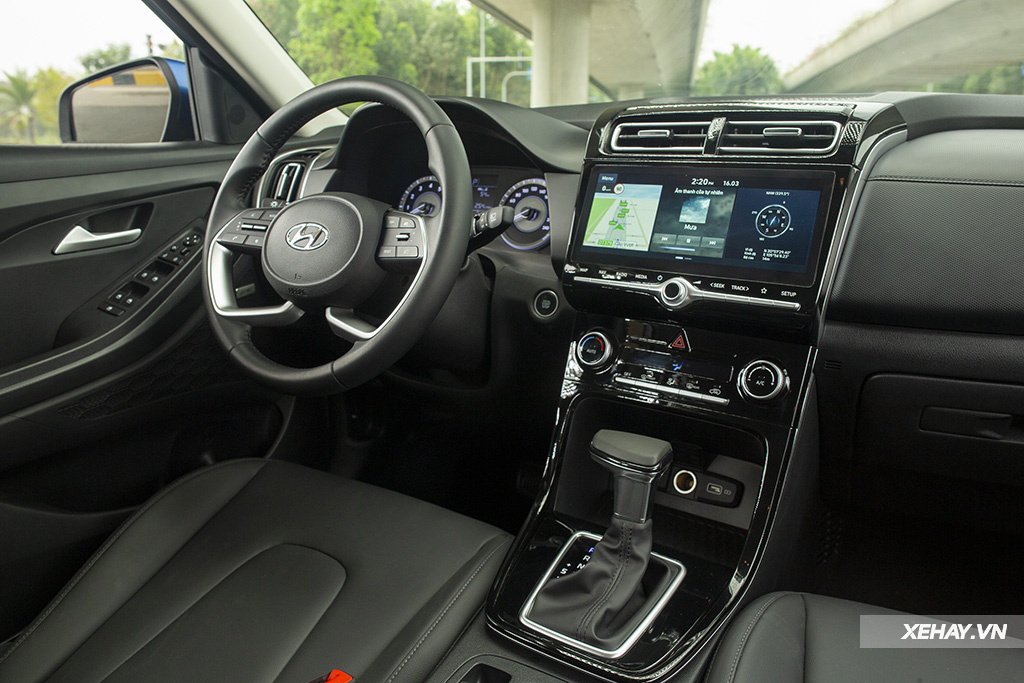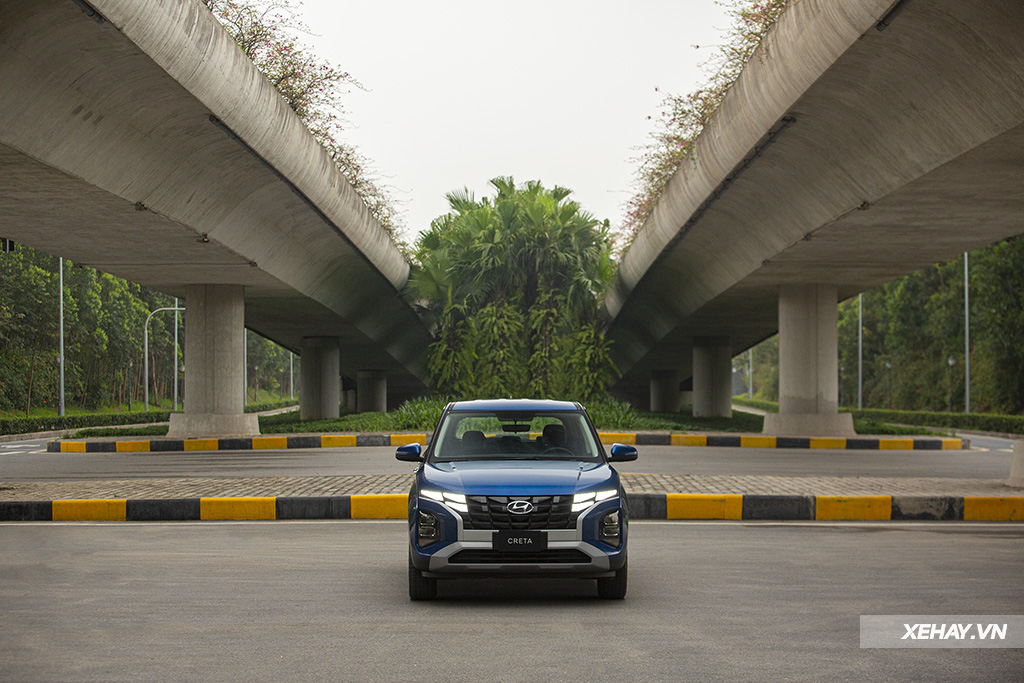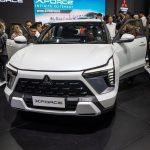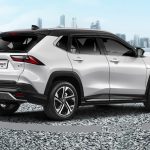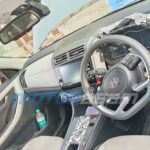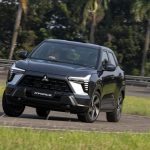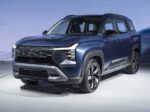With the appealing design, advanced features, and outstanding qualities inherited from the Hyundai Kona, the Hyundai Creta has the confidence to win over customers in the B-segment high-riding CUV market.
Keeping up with the global trend, the high-riding car segment in the domestic market, especially the small B-segment CUV segment, has become more vibrant than ever. Taking a quick look at the competitors in this segment, we can see several contenders like the Ford EcoSport, Hyundai Kona, Honda HR-V, Kia Seltos, Mazda CX-3, Peugeot 2008, MG ZS, and more. Although the Suzuki Vitara has been around for a while, it is not positioned as an urban car for families. Therefore, the Ford EcoSport is considered the pioneer, leading the urban high-riding segment in Vietnam.
The Ford EcoSport quickly established itself in the “Focus on raising the undercarriage” segment, capturing the attention of families with moderate financial capabilities. It took the lead, bringing a strong reputation and excellent business results for the American car brand based in Hai Duong.
However, as soon as the Hyundai Kona was introduced, the former champion EcoSport immediately revealed its weaknesses, such as limited space, weak engine, and inadequate features. It was soon surpassed by its competitor, gradually losing its position to its South Korean counterpart.
Although it came shortly after the Honda HR-V, the Hyundai Kona easily dominated the segment with its youthful and impressive design, a feature-rich list that satisfies users, and an engine-chassis system that provides an exciting sports driving experience. Additionally, it boasts a very competitive price for young users who are starting or planning to start a family.
However, after a few years, the Kona also started to show signs of aging compared to a series of competitors launched in a short period of time, including the Kia Seltos, MG ZS, Mazda CX-3, and Peugeot 2008.
Looking back, we can see that the B-segment CUV in Vietnam has grown and developed rapidly, becoming vibrant and highly competitive as it is today. So in 2022, how can the Hyundai Creta, which inherits the successful Kona, survive and make a comeback against such strong rivals in the segment?
Youthful and Eye-Catching Design
Korean car brands, especially Hyundai, have been maturing in terms of design. With a youthful and dynamic spirit, previous generations of Santa Fe, Tucson, Elantra, and more have left a mark with the Sensual Sportiness design language. Starting with the Hyundai Tucson, the new generation of products, including the Creta, has inherited these modern and impressive design lines.
The B-segment CUV boasts a captivating exterior, just like the name given to the fifth largest island in the Mediterranean. The Parametric Jewel Hidden Light gems incorporated into the radiator grille expand the grille’s surface area, contributing to a more striking front end of the car.
When the car is started, these gems shed their invisibility and form a magnificent wing-shaped positioning light system. This unique feature helps drivers easily recognize the car from a distance. This detail serves as a distinctive brand recognition element for Hyundai.
Accompanying the shining gems, Hyundai offers the Creta with an automatic LED lighting system, enhancing convenience and safety. The main lighting system is arranged below the semi-light, similar to the Kona, Tucson, and Santa Fe predecessors.
Contributing to the muscular appearance of the car’s front end is the radiator grille with a rugged, square, and thick design, painted in metallic gray. It is connected from top to bottom to the front underbody. The hood features clear ribs and muscles.
The body of the Hyundai Creta continues to impress with its four wheel arches, combined with prominent raised lines, creating a muscular and agile overall profile. A metal gray strip highlights the roof from column C down to the body.
This clever design allows the Creta to maintain a sporty look while also providing a practical square body shape. This shape ensures maximum cabin space for passengers.
The Creta’s wheels are equipped with 17-inch 5-spoke two-tone grooveless wheels, which add a personal touch and catch the eye. The roof is adorned with a roof rack and a shark fin antenna. The chrome door handles and two-tone exterior side mirrors with electric adjustment and folding features complete the package.
At the rear of the car, some may find the “super oversized” brake lights a bit overwhelming. While the sophisticated design is undeniable, these taillights may cause a bit of confusion when integrated into the overall body of the rear. Perhaps if Hyundai updated the entire brake light design in a hexagonal shape similar to the Tucson, the Creta’s rear appearance would be more modern and impressive.
Similar to the front end, the rear bumper of the Creta is painted in a muscular metallic gray. The tailgate is stamped with an X-shaped folded design, corresponding to the square radiator grille at the front of the car. Hyundai Creta has a neatly concealed exhaust pipe, contributing to its clean and sophisticated appearance.
Overall, the exterior design of the car demonstrates Hyundai’s success in applying the formula that made the Kona a hit. The Hyundai Creta’s angular, sporty, and muscular exterior lines, inspired by the latest Tucson, make a strong first impression.
Spacious and Convenient Interior
Stepping inside the cabin, it’s easy to see why the Hyundai Creta is often referred to as the “mini Tucson.” The Korean brand has integrated a centrally positioned 10.25-inch information screen into the dashboard, which seamlessly integrates with Apple CarPlay and Android Auto smart connectivity features across all versions.
In contrast to the underwhelming screen design on some of its cheaper competitors, the Creta’s screen truly stands out and provides an exceptional user experience.
The surface above the dashboard is divided into two layers, resembling two circles that embrace the view of both the driver and the front passenger. This spacious design, inspired by water flowing from all sides to the center before pouring down, creates a magnificent landscape. This cabin layout can also be found in other Hyundai siblings, like the latest Santa Fe or Tucson.
Next, the steering wheel in the Creta is also a noteworthy upgrade. The beautiful design with its four 4-spoke configuration takes inspiration from sports racing models or even fighter aircraft yokes. This detail was featured in the Tucson’s predecessors, and Hyundai’s decision to apply it to the Creta deserves praise.
In the top-end version, the Hyundai Creta is equipped with a fully digital 10.25-inch screen behind the steering wheel, serving as an information display. However, the standard and special versions feature a 3.5-inch multi-information screen, accompanied by two tachometer and speedometer dials with a design pattern similar to those found in the younger brother i10 or the previous generation Accent. This, along with the taillights, is an aspect that may disappoint some and should be updated in the next generation Creta.
Unlike the previous Tucson models, which had a touch control system integrated on a flat surface alongside the central screen, the Creta features conventional button and switch controls for its automatic air conditioning. This traditional layout is advantageous as it allows users to quickly adapt and avoid distractions, especially when the driver needs to focus on steering.
On the practical side, the square design of the Creta’s windows provides a spacious and wide view, minimizing blind spots and enhancing safety during operation.
The gear shift lever in the Creta has a familiar design, resembling the lower version of the Tucson. This beautifully designed gear lever draws inspiration from airplane push levers. However, it could have been made lower and smaller to better suit the overall layout.
The Creta’s seats feature a sporty and comfortable design. The luxurious black leather upholstery is well-suited for Vietnam’s climate. The top-end version comes with heated and cooled front seats, a feature also found in other competitors in the same segment.
Notably, the Creta is equipped with an 8-speaker Bose audio entertainment system in the special and high-end versions. Real-world experience shows that the sound quality of these speakers is more than sufficient to meet the basic enjoyment needs of regular users.
Moving to the rear seats, the space is quite generous for passengers. Headroom, legroom, and seat tilt are all adequate, considering the B-segment CUV classification.
The car is also equipped with rear air conditioning vents and charging ports for rear passengers. The central position features an armrest integrated into the seatback, which can be used when the car only has four occupants. The widely-used ISOFIX child seat anchors are also present, allowing families with young children to travel safely.
With a 2,610 mm wheelbase, the Hyundai Creta offers ample luggage space. It can accommodate the needs of families on weekend trips or transport the “culinary world” prepared by grandparents heading to the city.
Safe, Economical, and Smooth Operation
Hyundai has made significant investments in safety for the Creta. The top standard version is equipped with blind spot collision avoidance and lane-keeping assistance features as part of the integrated SmartSense system that provides passengers with several privileges, including:
– Pedestrian avoidance collision support
– Automatic light adjustment system (high/low beam)
– Rear collision avoidance support
– Collision warning when exiting the car
Furthermore, all versions of the Hyundai Creta come standard with tire pressure warning, a reverse camera, and an electronic parking brake with Auto Hold.
Unlike the Kona models targeting young users, the Hyundai Creta clearly aims at the family customer group. It is powered by a SmartStream 1.5L engine producing 115 PS of power and 144 Nm of torque, transmitted to the front wheels through a CVT (continuously variable transmission).
The power configuration of the Creta does not prioritize performance, so it may not provide the same level of enthusiastic acceleration as the Kona. However, its strengths lie in its smooth and comfortable operation – making it a suitable choice for husbands and families when overtaking other vehicles.
With the smooth operation also comes excellent fuel economy, with a consumption rate of around 6.1 ~ 6.3 L / 100km on mixed roads. This is an important factor for families to consider, especially given the current rise in fuel prices.
Together with the moderately powerful engine, the MacPherson front suspension configuration and rear bar contribute to a smooth and comfortable driving experience for passengers on every journey.
Anh Phan (Tuoitrethudo)
Toyota Yaris Cross launches in Thailand with only hybrid option, priced at around 670 million.
Toyota Yaris Cross 2023, which is based on the DNGA platform, made its global debut in Indonesia in May. Since then, it has been introduced to several Southeast Asian markets including Cambodia and the Philippines. In the coming weeks, the car is set to be launched in Vietnam (on September 19, 2023) and Thailand (on October 5, 2023).

